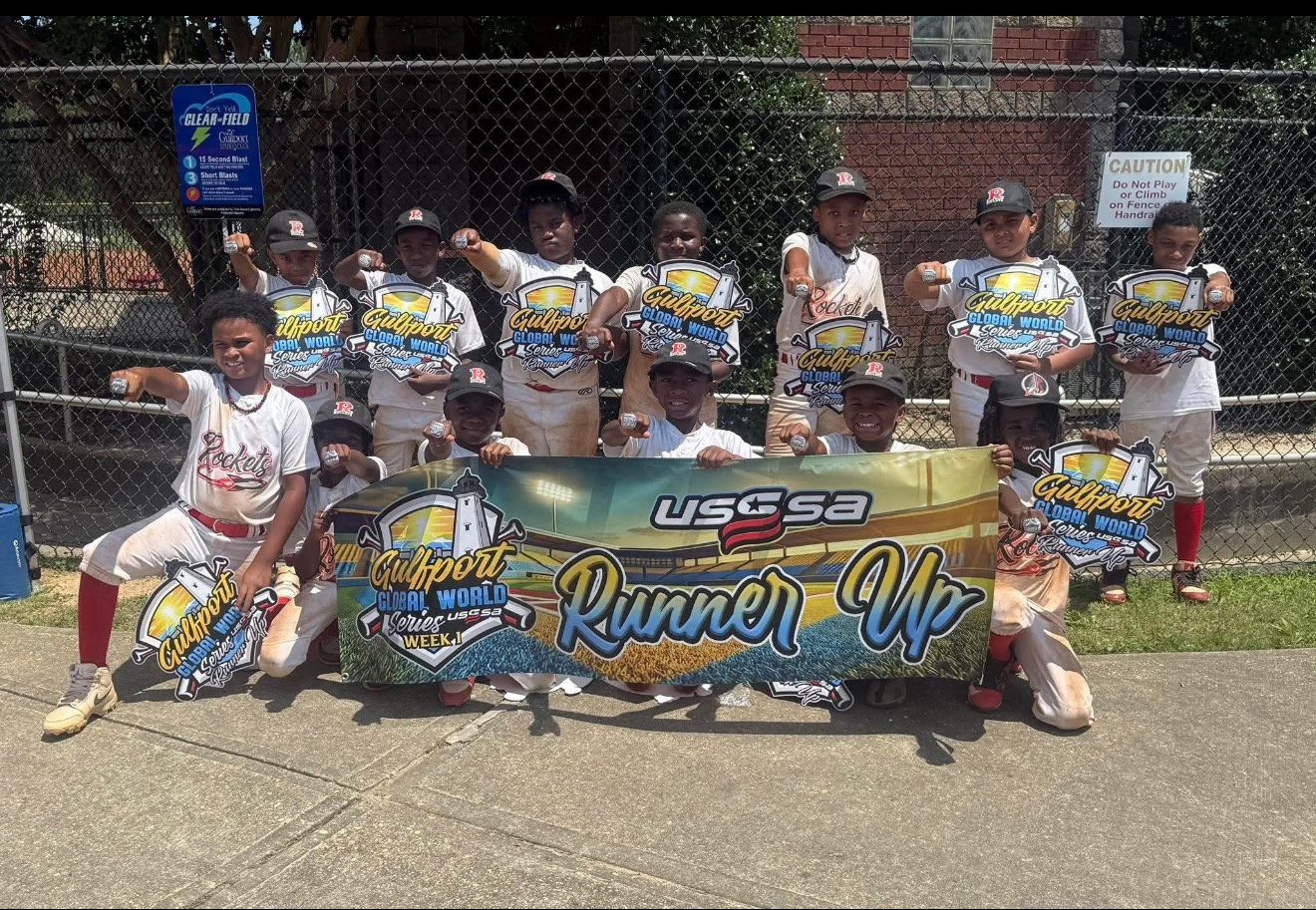OUTDOORS: Anglers find tuna around Midnight Lumps
Published 12:00 am Wednesday, January 15, 2003
By DON DUBUC
If what’s been going on at the Midnight Lumps lately is any indication, we’re in for an early spring.
For the last several weeks, offshore boats are reporting some outstanding blackfin and yellowfin tuna action. And that’s something that normally doesn’t peak until weeks later.
Sackett Banks is the official name for the Gulf of Mexico hotspot locals call the “Midnight Lumps.” The lumps are appropriately named mounds of earth that reach upward to about 200 feet below the surface.
What makes this area particularly attractive to a number of species of fish is that for a half-mile stretch this “underwater hill” rises from 400-foot depths. It is like a serving platter for predatory pelagic species and during the winter and spring, acres of bonito swarm on the surface in feeding frenzies.
The bonito, with the exception of a couple of recipes that require painstaking steps to camouflage the oily and fishy taste, are pretty much inedible. The bonito’s value is its appeal to the real prize fish – the tunas.
However, catching the bonito for bait can be a pretty good fight in itself.
When you get about 28 miles out of Tiger Pass, you get a hint you’re close when you see anywhere from 10 to 20 commercial boats anchored and dozens of sportfishing boats trolling baits between and around them. The commercial fishing crews are busy chumming up the waters with bloody bonito and other nasty things while the trollers are dragging magnum rapalas, halco tremblers and other flashy, vibrating plastic baitfish lookalikes.
Most trollers rig up Penn 50s with 70-pound test line for pulling plastic baits and hoping for the textbook strikes that every angler dreams about. Some fishermen even go through the trouble and expense of using downriggers to put the bait where the fish are feeding, particularly when water temperatures are still low.
But for the best results this time of year, it calls for fishing’s dirtiest job, chumming.
First step to chum for tuna is to anchor, with a lot of rope. Remember there’s 200 feet of water at the lumps. Next pull out an apron, (believe me you’ll need it) put it on, and start chopping sardines or pogeys.
These pieces are used to draw in bonito, which are pretty easy to hook. Once you’ve got a mess of bonito, you begin chopping them into pieces for chum and bait for the tuna.
One of the problems with chum fishing is getting the bait down past the cannibalistic bonito. Using big chunks, too big for the bonito and rigged with heavy weights will allow the bait to drift down to where the tuna feed below. Circle hooks will guarantee the most solid hook sets.
It won’t take long to know whether you’ve hooked up with a blackfin or its much larger cousin, the yellowfin. Blackfins will go up to 30 pounds, while the yellowfins can go over 200 but those in the 70-80 pound class more common. Regardless, tuna are one of the most ferocious fighters that swim and can leave a crew with sore arms, legs and backs.
While tuna are the main focus of anglers at the lump, wahoo are also a predatory species that regularly cruise the underwater hill searching for a meal.
They too will take the bonito pieces and provide the lucky angler with an awesome fight. The biggest difference between fighting tuna and wahoo is that wahoos make a long distance first run stripping line from the reel the whole way. It’s not as likely to dive deep like tuna will and pound for pound doesn’t have the staying power. But make no mistake a 90-100 pound wahoo is all the fish most anglers can handle.
One of the really nice extras about tuna fishing is that it’s not only great sport but sure puts a lot of valuable seafood on the table. It’s not unusual for a crew to return with hundreds of pounds of tuna that often equals or exceeds the cost of the trip.
Because of the specialized boats and equipment required the average angler can only experience the thrill of tuna fishing by chartering one of the many offshore boats operating out of Venice.
For information about tuna charterboats that fish the Midnight Lumps contact the Venice Marina at 985-534-9357 or Cypress Cove Marina at 800-643-4190.
DON DUBUC is the outdoors reporter for L’Observateur.





